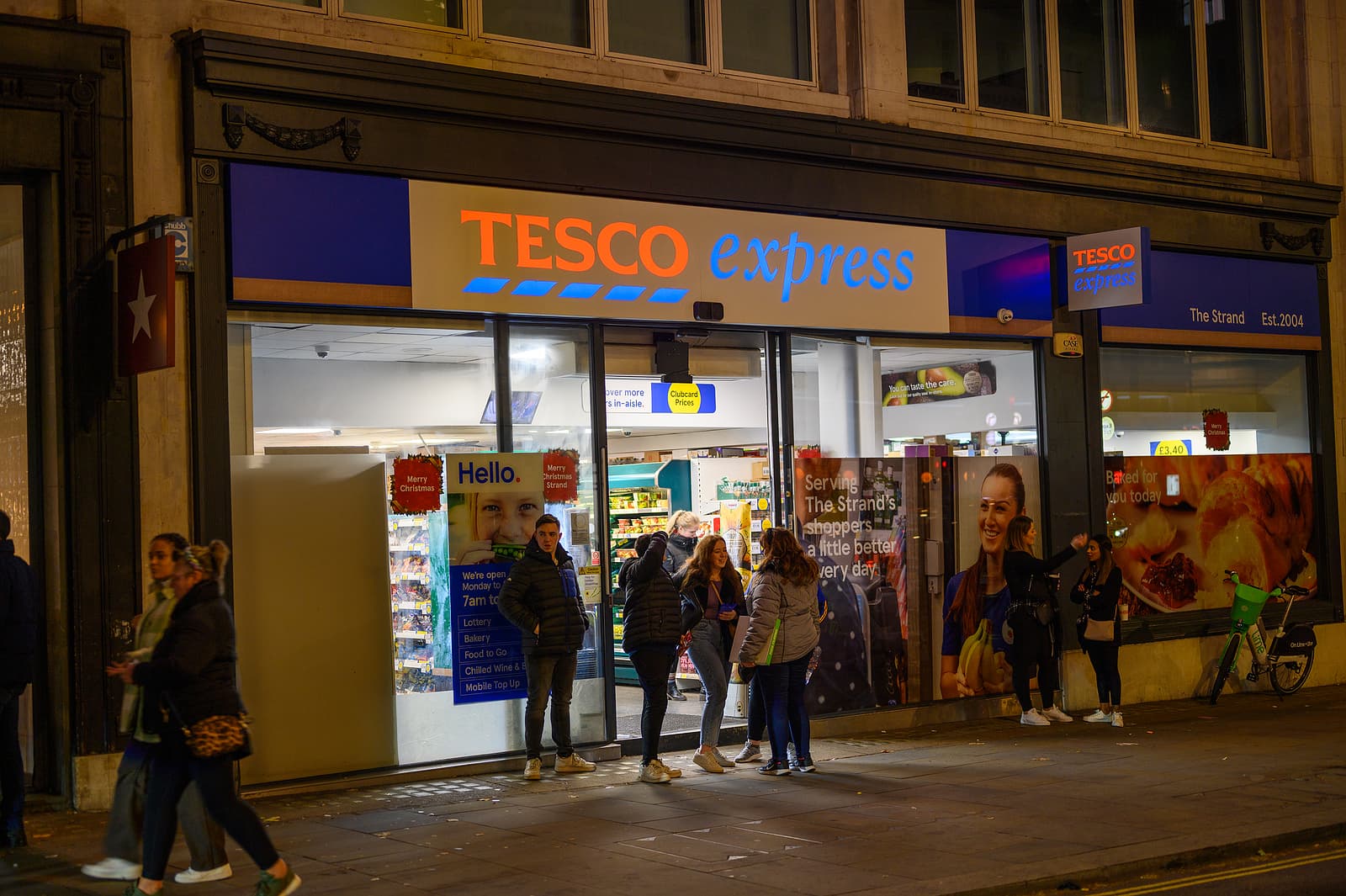Supermarket giants often have the money and power to make somewhat larger retail risks than most, and Tesco is a good showcase of when these gambles can go wrong.
However, whilst the Fresh & Easy fiasco is such a well-known story in the commercial retail maintenance world for serving as a case study in how not to launch into an international market, Tesco’s most recent failure is far less publicised.
The story of Jack’s, named after Tesco founder Jack Cohen, is an attempt to compete in a discount supermarket world dominated by European brands such as Aldi and Lidl, with a promise to be the cheapest supermarket in town.
The aim was to provide lower-cost British food focusing less on choice and more on lower costs, in tribute to “Slasher Jack’s” supermarket mantra of “pile it high, sell it cheap”. Jack’s aimed to pile it the highest and sell it the cheapest.
This included borrowing traits from Aldi where products were stacked on pallets to save money and featuring similar fear of missing out tactics to Aldi’s now-infamous middle aisles.
The aim was to open 15 stores in the first six months and continually aggressively expand from there, but by 2019 they were already starting to close stores, and the man who spearheaded the scheme resigned around this time.
Arguably the endeavour was doomed from the start, given that Tesco was not going to be able to offer the same level of discount with their suppliers, and Jack’s was not different enough from Tesco to make it more a scaled-down version of its parent company.
Ultimately, the hammer fell for Jack’s in 2022, with six of the 13 stores set to become more conventional Tesco Superstores whilst the rest closed town entirely, and the Jack’s brand instead became a discount label for Tesco’s main stores.



